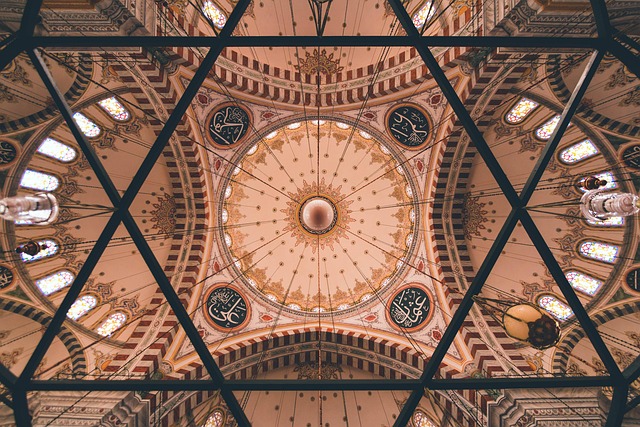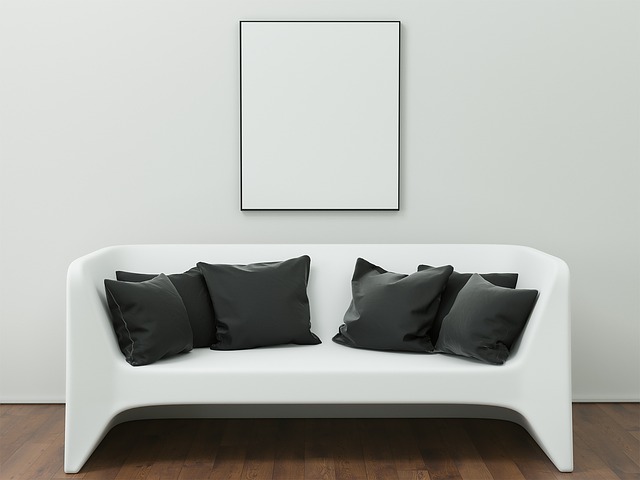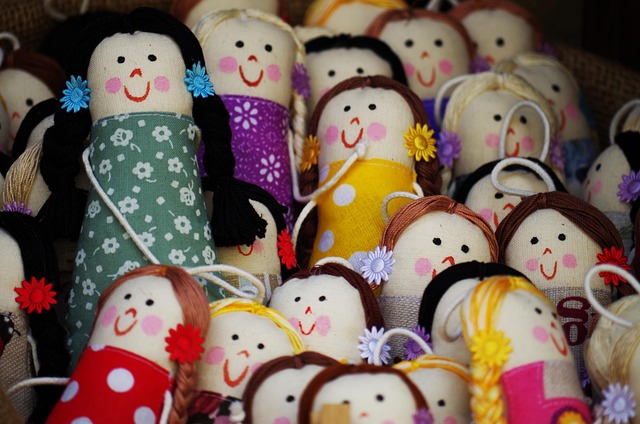When we think of fashion, it’s easy to imagine fleeting trends, bright colors, and contemporary styles that come and go with the seasons. However, some inspirations transcend time and continue to resonate through the ages. One such source of timeless elegance is the remarkable world of Ottoman fashion, which has begun to influence modern trends in more ways than we might expect.
The Ottoman Empire, which spanned over 600 years and three continents, was a melting pot of cultures, textiles, and artistic expressions. This rich heritage shines through in the intricate patterns, flowing garments, and luxurious fabrics that characterized Ottoman attire. The opulent designs of the sultans and their courts showcased not only wealth but also an appreciation for beauty—a principle that continues to inspire contemporary fashion designers today.
One of the key elements of Ottoman fashion is its emphasis on structure and silhouette. Traditional garments like the kaftan, a long, flowing robe, offer a unique blend of elegance and comfort. Modern designers are beginning to incorporate similar elements into their collections, crafting pieces that emphasize movement and grace. Flowing silhouettes can be seen in today’s evening dresses and casual wear alike, allowing individuals to feel both stylish and comfortable.
In addition to silhouettes, the use of rich fabrics and vibrant colors plays a pivotal role in connecting Ottoman aesthetics with current fashion trends. Silks, brocades, and velvets, often adorned with elaborate embroidery or patterns, were staples of Ottoman wardrobes. Today, many designers are embracing these textiles, creating garments that reflect the same luxurious feel. From embellished evening gowns to modern streetwear that features intricate patterns, the influence of Ottoman design is unmistakable.
Another fascinating aspect of Ottoman fashion is the cultural significance behind various garments and styles. Each piece often carries historical weight, reflecting the social status, geographic origin, or even personal identity of the wearer. This attention to narrative is being embraced by today’s designers, who seek to create pieces that tell a story or evoke emotion. As consumers become more conscious of the meaning behind what they wear, there’s a growing trend toward clothing that isn’t just about aesthetics but also reflects personal and cultural narratives.
Accessories also play a crucial role in both Ottoman and modern fashion. Elaborate jewelry, embroidered shoes, and intricately designed headpieces were fundamental to Ottoman style. Today, we’re witnessing a revival of such accessories, as contemporary fashion incorporates bold statement pieces that can elevate even the simplest of outfits. Whether it’s a pair of intricately designed earrings or a beautifully crafted belt, modern accessories are inheriting the same artistic flair that Ottoman fashion once celebrated.
As we navigate through the world of fashion today, it’s clear that the whispers of the past are ever-present. The allure of Ottoman fashion, with its elegance, richness, and deep cultural roots, continues to shape modern trends, merging historical significance with contemporary aesthetics. By embracing these influences, we pay homage to a time when fashion was not just about clothing, but a profound expression of identity and art.



